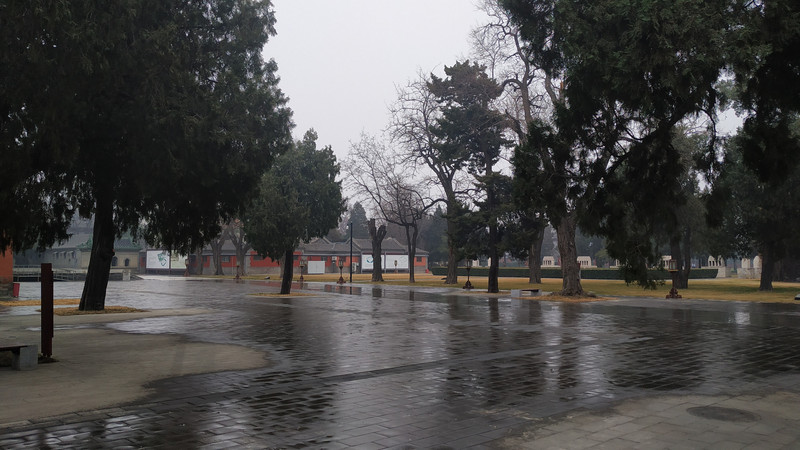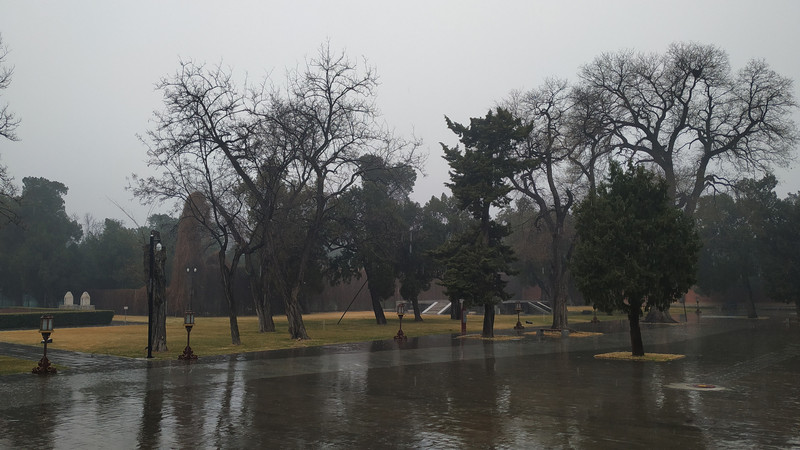Beijing Xiannongtan and Ancient Architecture Museum in Spring Rain
Beijing has less and less rain in spring. On cloudy days, smog and dust seem to be increasing. On a working day in March, the light rain began to fall outside, so I could take a break and go for a walk. Where should I go? Go to Xiannongtan and the Ancient Architecture Museum alone! Relax won't delay your work:-)
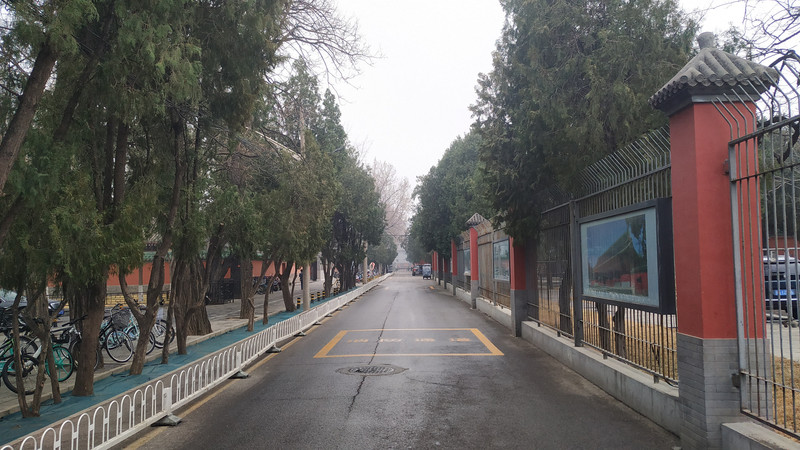
Xiannong Altan, now located in the Museum of Ancient Architecture (Beijing's South Second Ring Road), belongs to the outdoor part of the museum. In the early years, the area of Xiannongtan must have been larger than it is now: in addition to residential buildings, street parks, schools, stadiums, etc., around the museum, of course, there are also some buildings that have become workplaces and are not open to the public...
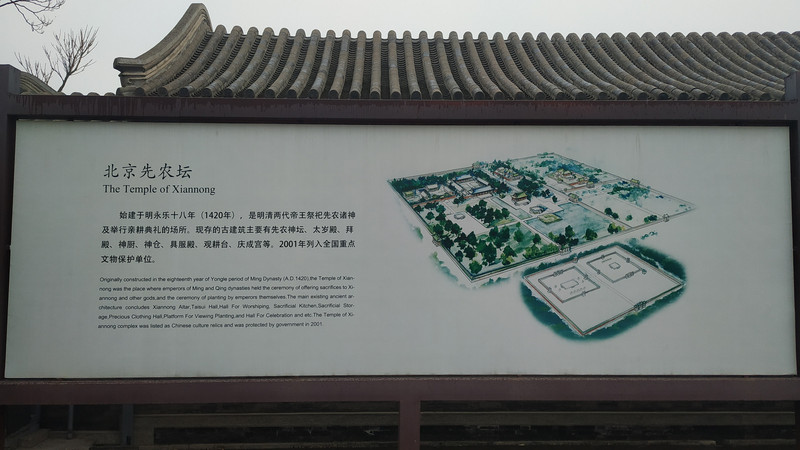
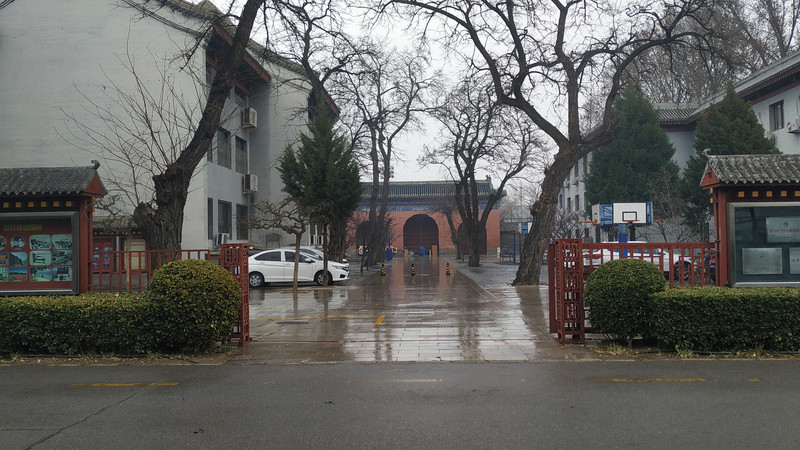
There is a shadow wall in front of the museum gate with the words "Beijing Museum of Ancient Architecture" written on it. Walking south around the shadow wall and passing through the short side Berlin, the vision suddenly became clear: there is a small square altar between the green grass, that is, Xiannong Altar (the altar is not big, nor high, just square). Xiannong Altar was built in the Yongle Period for emperors to sacrifice to the god of Xiannong. However, now anyone can enter the throne. This is a historical change:-)

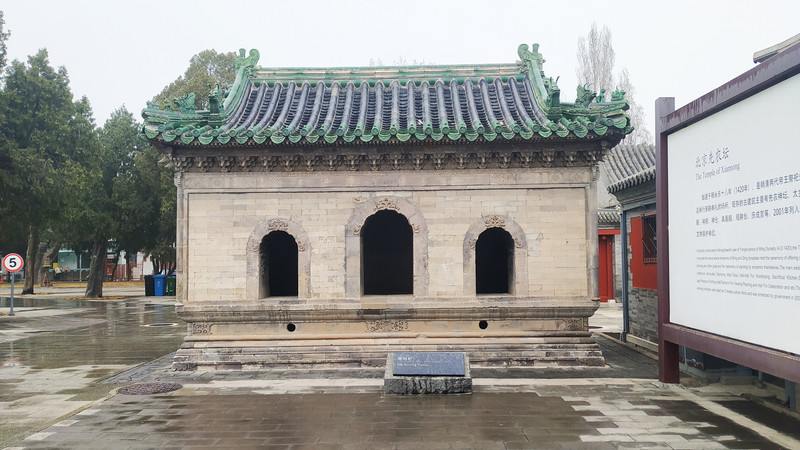
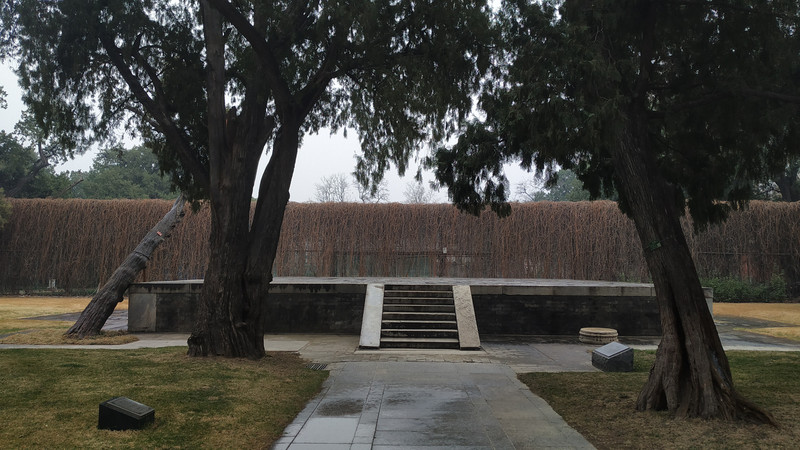
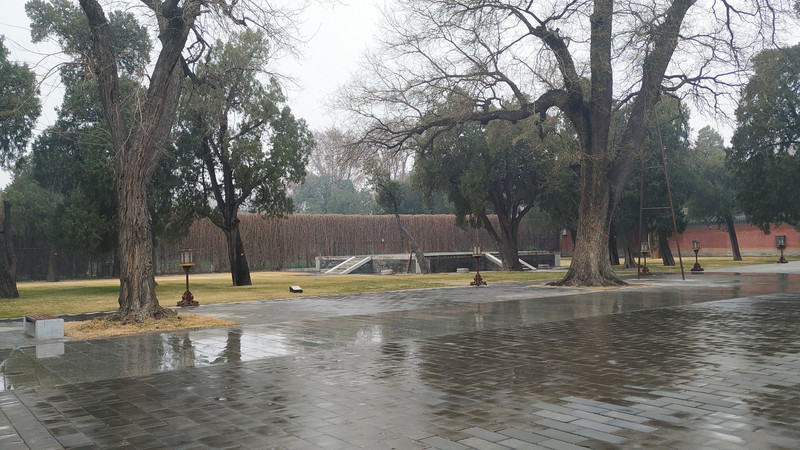
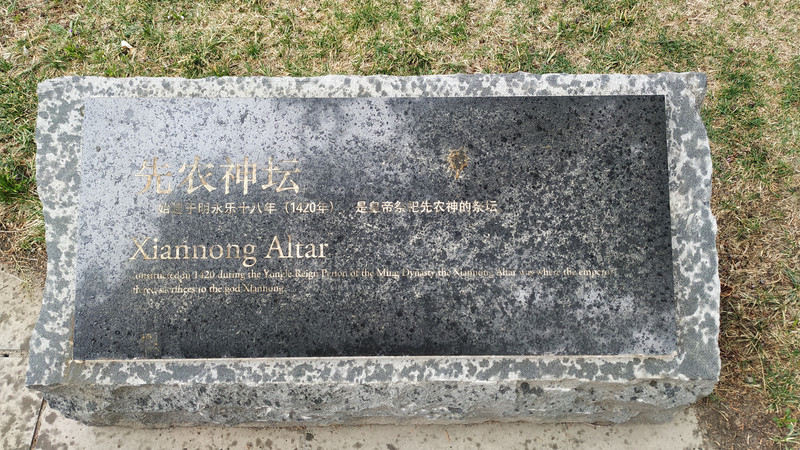
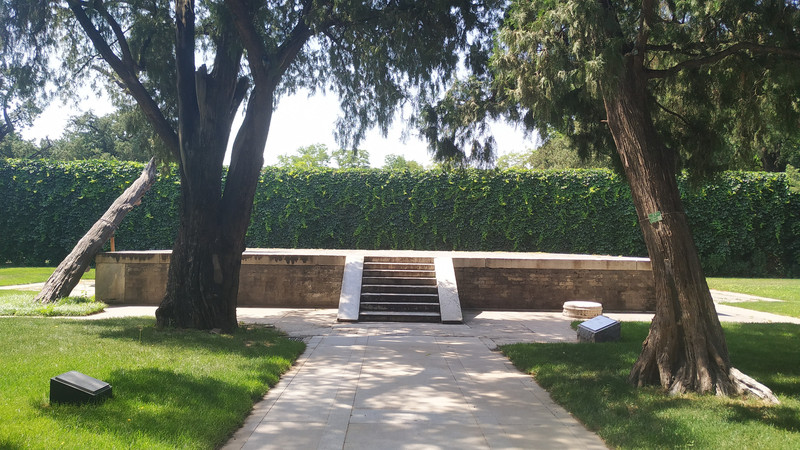
Although the rulers of the Qing Dynasty were born immediately, they probably attached the highest importance to agriculture in all dynasties. Not only did Beijing have Xiannong Altars, but similar "altars" were also established across the country to demonstrate the important position of agriculture.
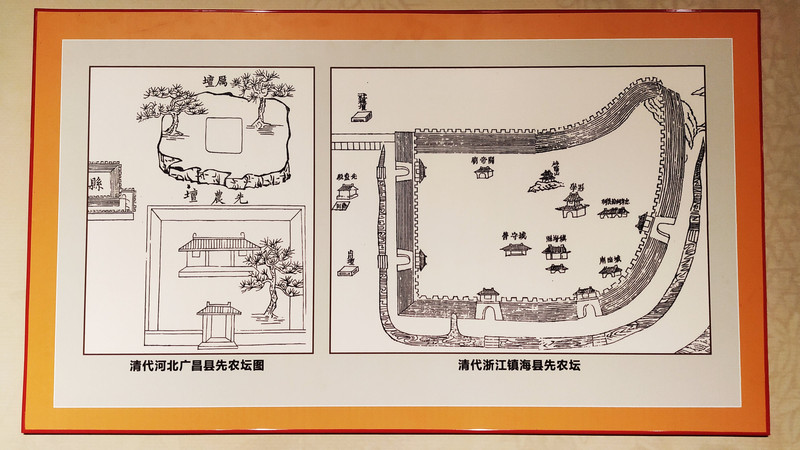
Next to Xiannong Altar is Houtu Altar, which is a group of stone tablets used to worship China's famous mountains and rivers: you can see some sacred tablets of mountains and rivers, such as the five mountains, east, west, north, south, middle, middle and west, four seas, etc. Historically, there was also a circle of wall around this Houtu Altar, but it has long disappeared.
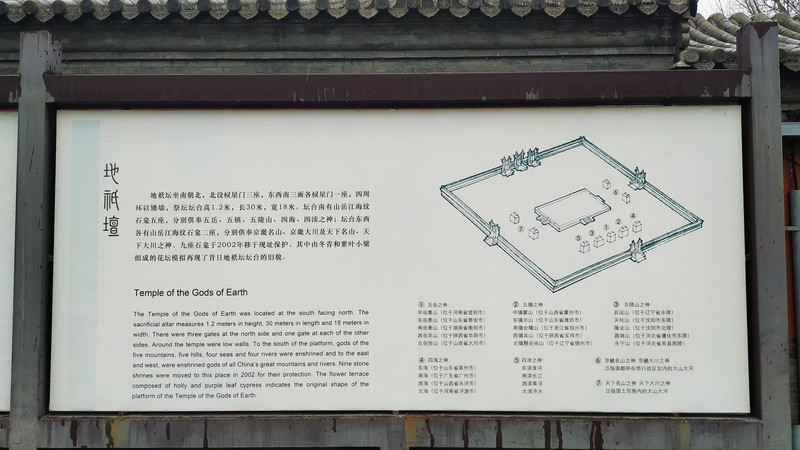
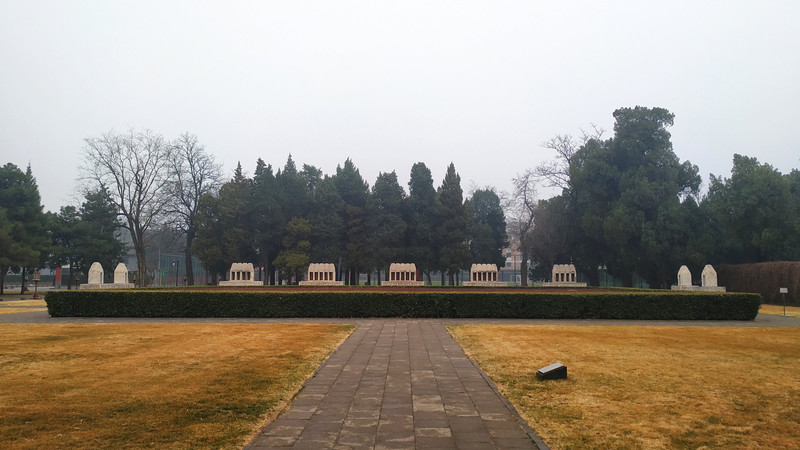
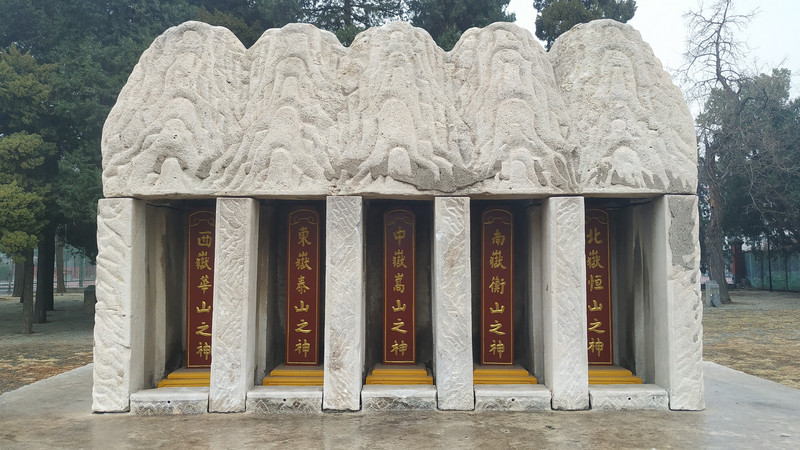

To the east of Houtu Altar is the Hall of Clothing built during the Yongle Period of the Ming Dynasty (there is this kind of building everywhere there is an altar, which is used to store costumes and various sacrificial props). The palace introduces the importance China attached to agriculture in the past dynasties and the story of the rulers cultivating it personally. It is worth reading.
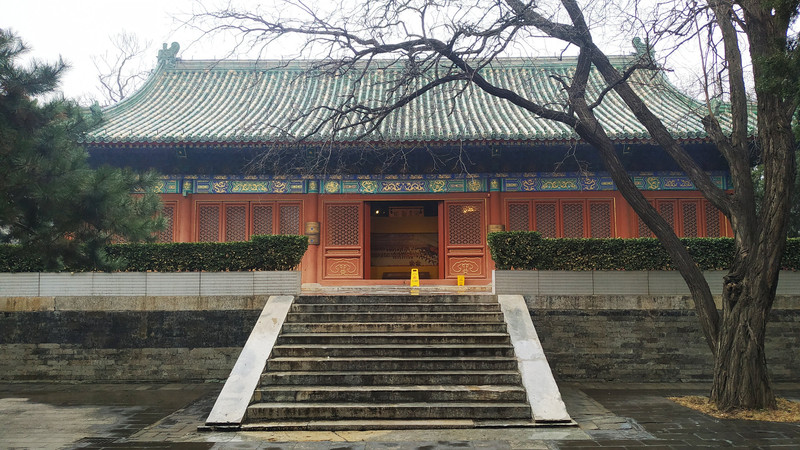
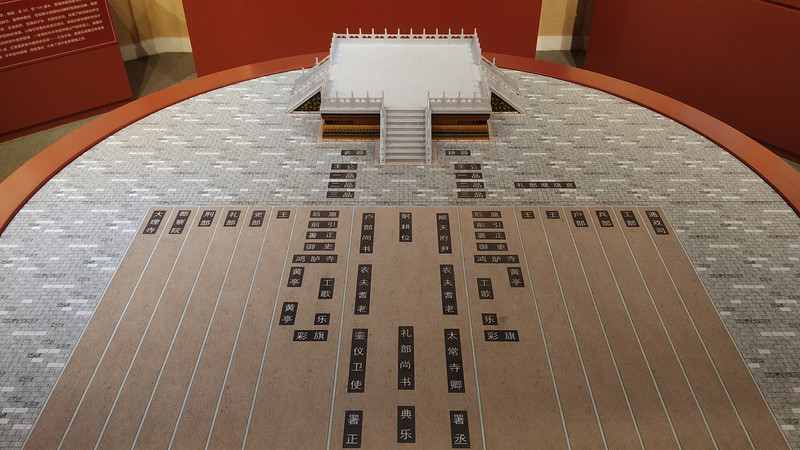
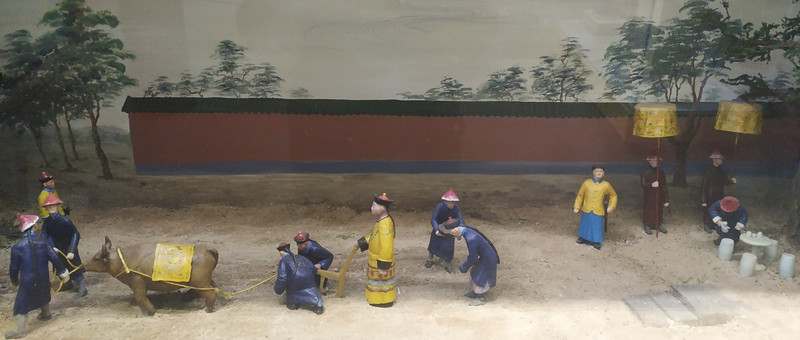
In front of the Hall of Clothing is a small square altar/platform built during the Qianlong period. It is called "Guan Geng": the emperor watched the civil and military ministers cultivate on the platform. Where do you farm it? It is a small vegetable field in front of the viewing stage, called "Three Points on One Mu". Usually, the emperor first plowed the fields himself (before doing farm work, the emperors had to change clothes in the Clothing Hall), and then returned to the observation platform to watch the officials farming.

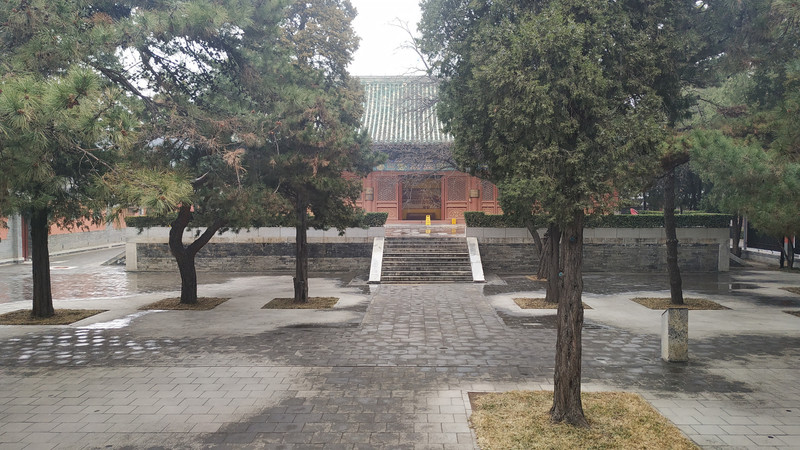
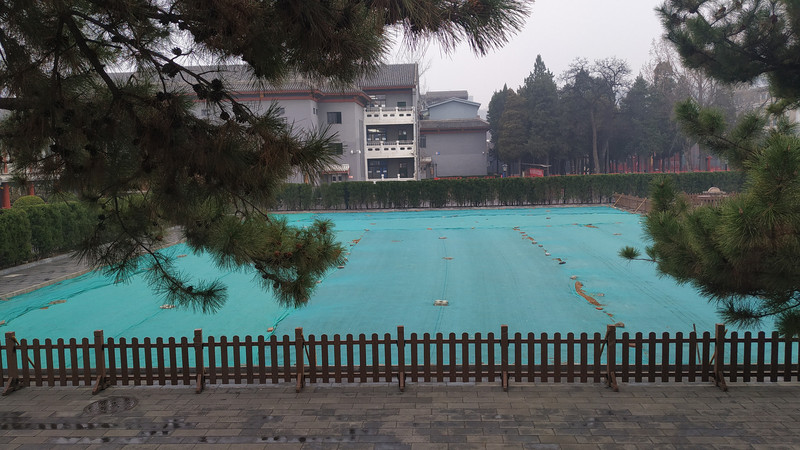
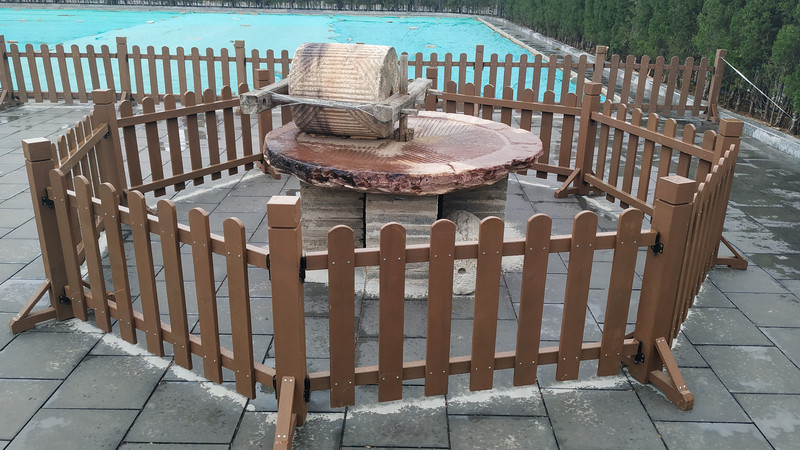
The core of the entire Museum of Ancient Chinese Architecture is the worship hall building group (mainly composed of the worship hall (in the south), the east and west auxiliary halls and the Tai Sui Hall (in the north)), which displays and introduces various knowledge related to ancient Chinese architecture and related exhibits. It can be seen from this that in ancient times, even rulers could only live in trees in summer and in burrows in winter (the continuous development of building technology has really benefited hundreds of millions of future generations).
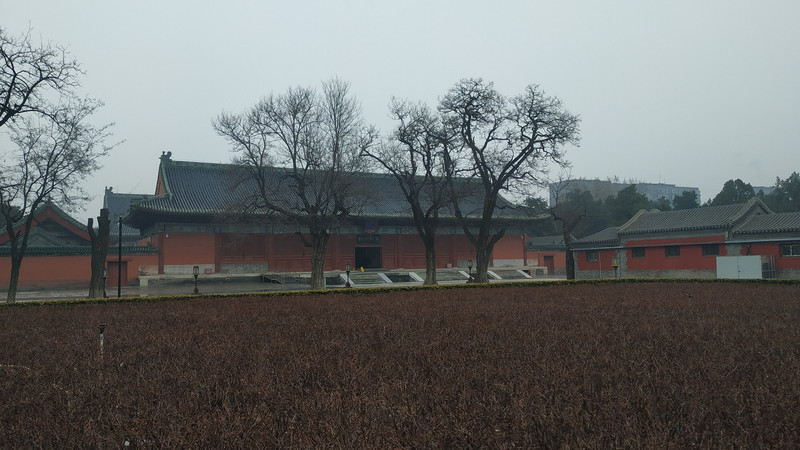

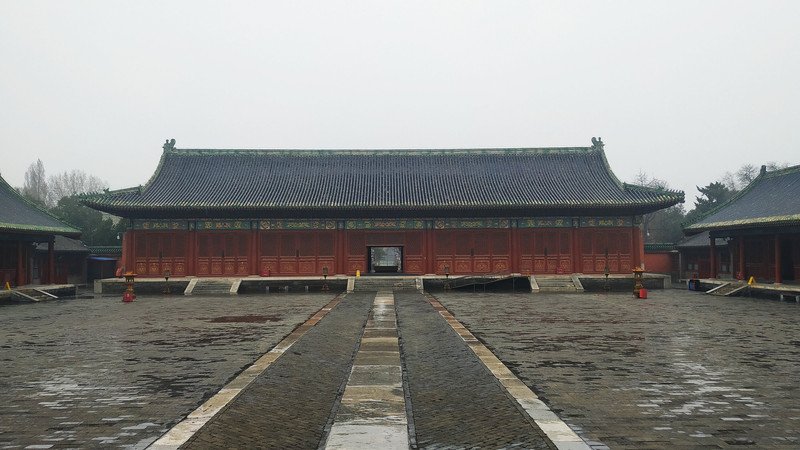
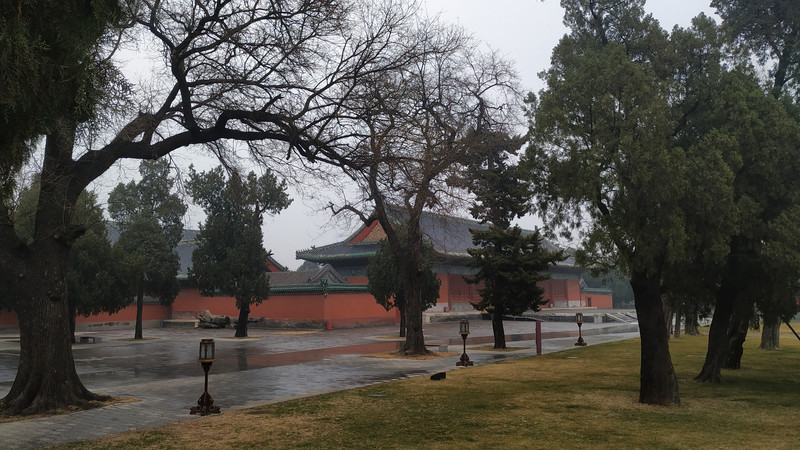
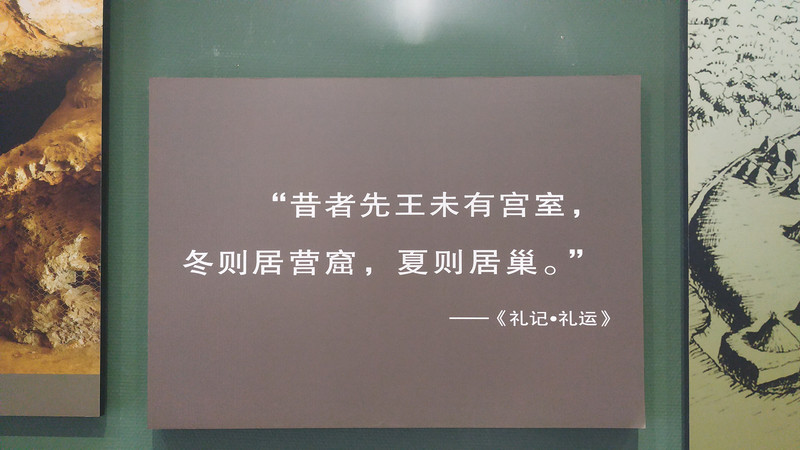
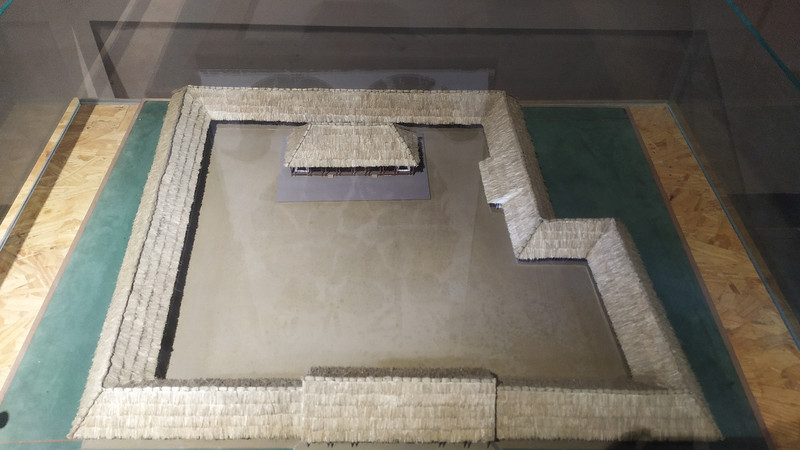
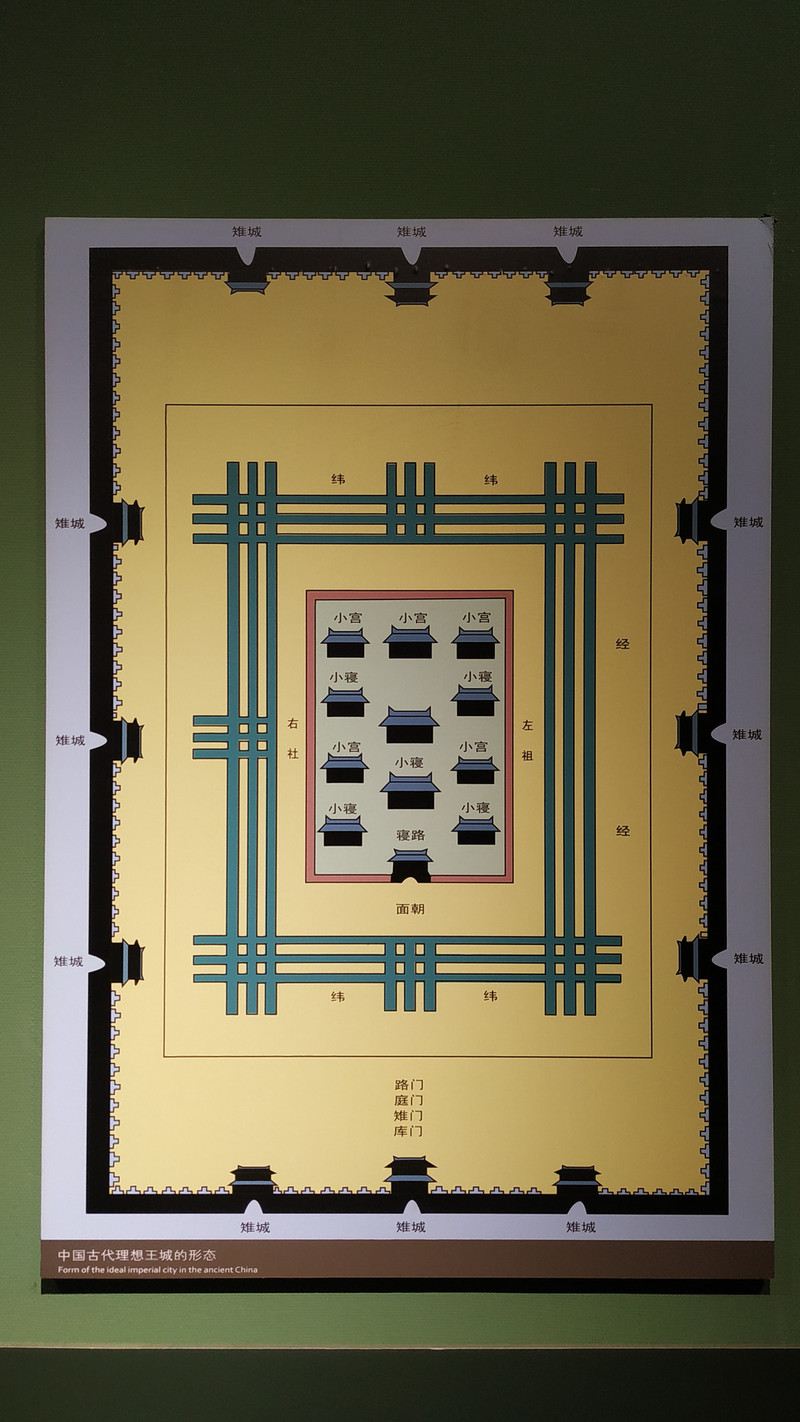
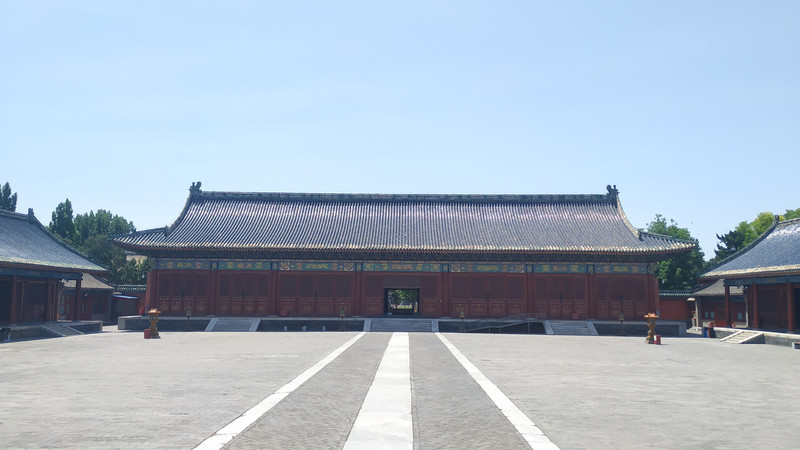
There are introductions about caizhou in the Hall of Worship and the Hall of Tai Sui. The so-called caisson is when we go to a palace or temple and look up. There is often a recessed dome with exquisite patterns. Because of its beauty, there were strict regulations on the use of caisson in ancient times, and ordinary people were not allowed to use it. The caisson of Longfu Temple in Beijing is mainly displayed here. Because Longfu Temple was a royal incense temple in the Ming and Qing Dynasties, its caisson was carved with golden nanmu (just because the lights in the hall were too dim, no satisfactory pictures were taken).
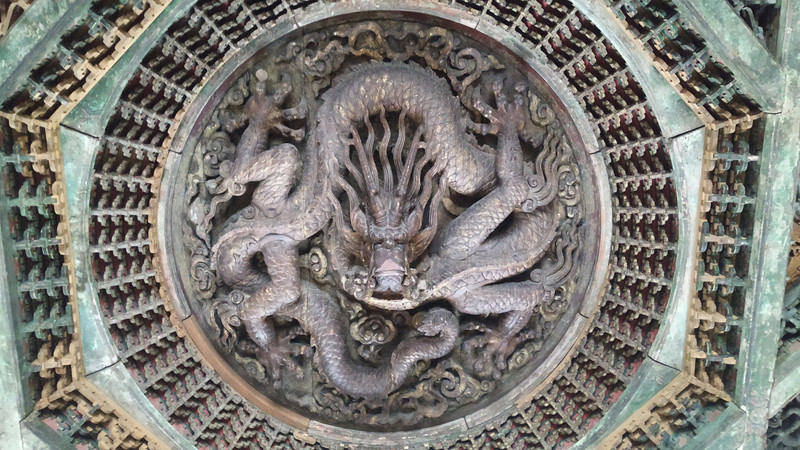
The Taisui Hall was built during the Yongle Period of the Ming Dynasty. It was originally a place where emperors sacrificed to the Taisui God and the December General God. In addition to introducing caisines, the hall also displays and introduces various things related to ancient buildings. Take glazed tiles for example. They are divided into yellow, green and black. Yellow is used for royal families, green is used for princes, and black is used for religious places. The glazed beasts on the roofs and eaves also have different opinions and particular points.
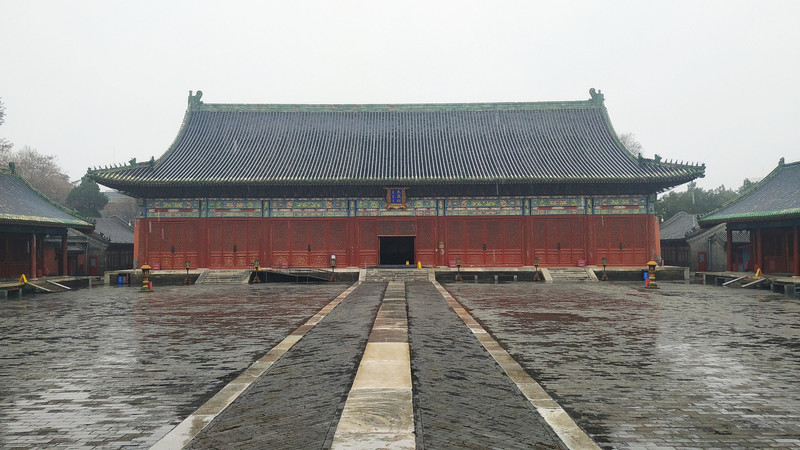

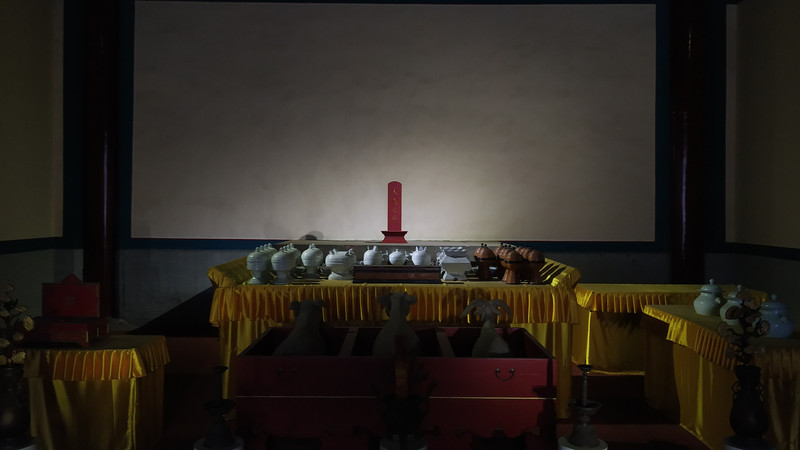
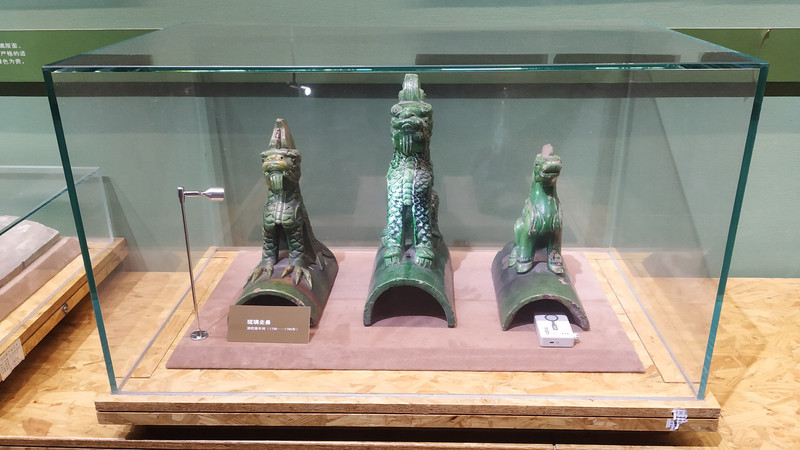
There are also displays of various knowledge related to ancient Chinese architecture in the east and west auxiliary halls. If you are interested, you may wish to visit.
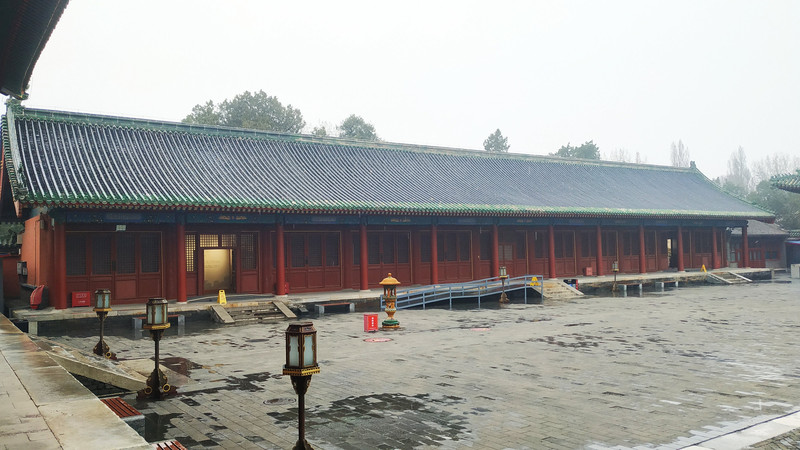

There is a small courtyard on the west side of the worship hall building group, called the "Shenchu Courtyard": the building in this place was originally used to store the memorial tablets of the Xiannong God and prepare sacrificial supplies. It is now the location of the "Xiannong Tan History and Culture Exhibition". Entering the courtyard, there is a well pavilion on each side, and there is a well in each pavilion. The buildings in the courtyard are all relevant introductions about ancient architecture and agriculture, which is worth seeing.
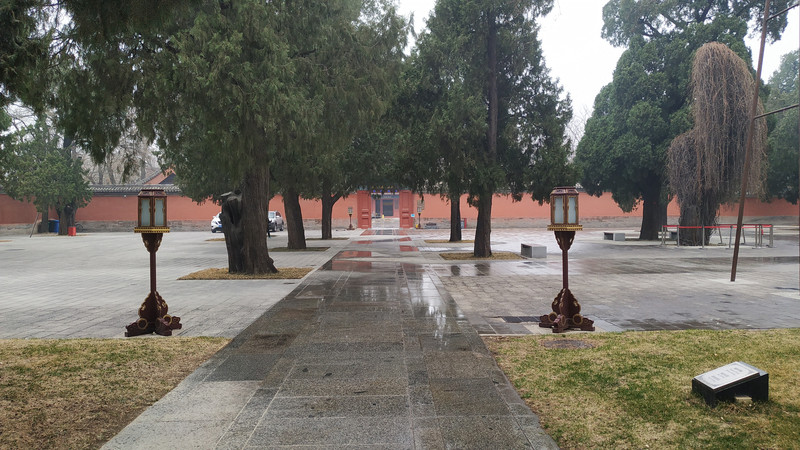
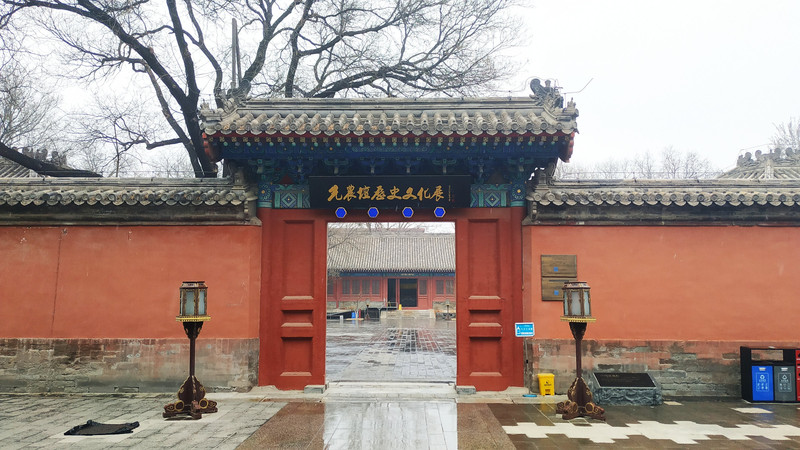
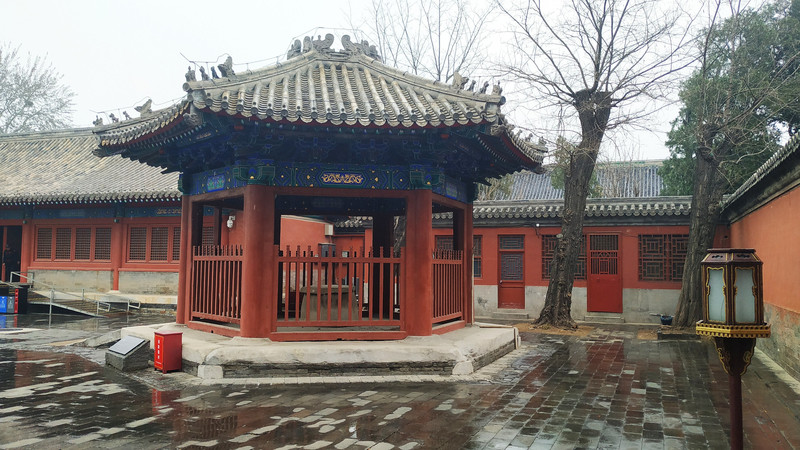
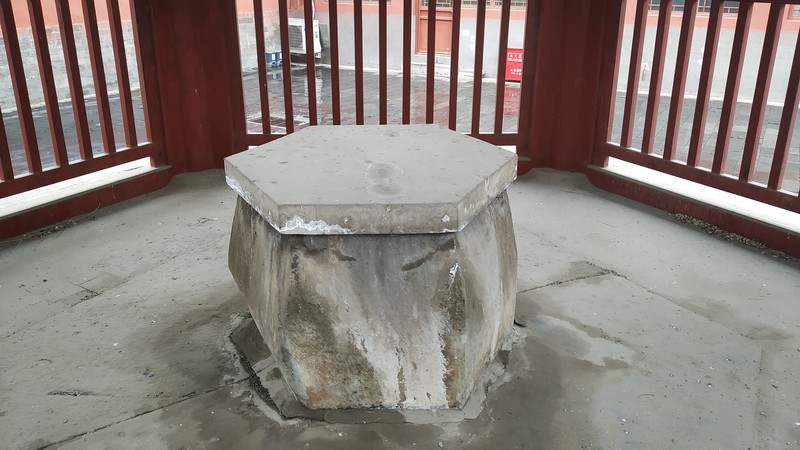
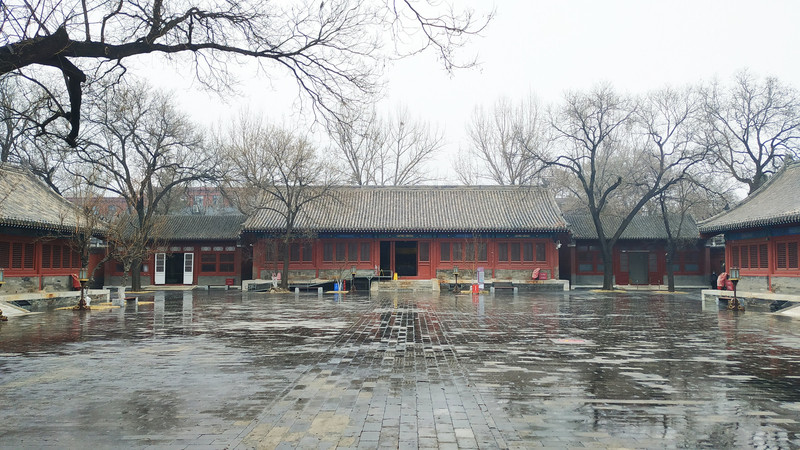

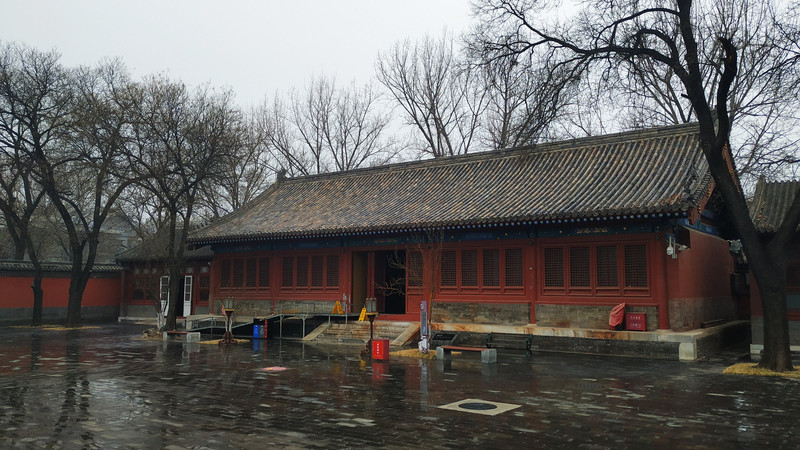
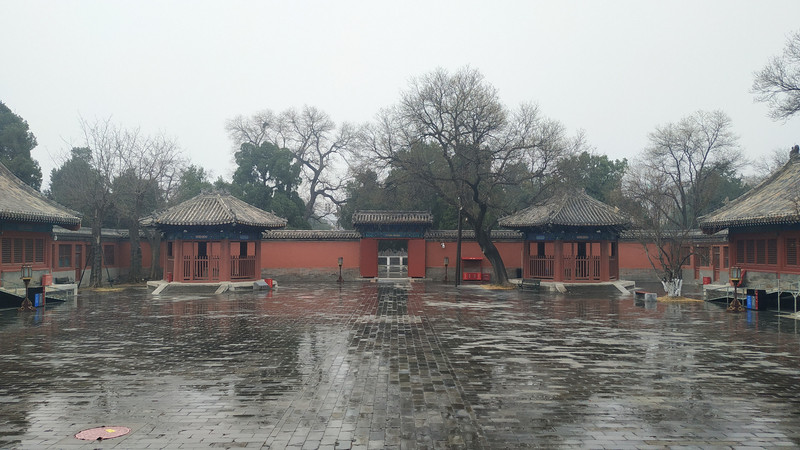

If you want to understand all kinds of knowledge about ancient Chinese architecture, you may wish to come here and have a look. The last time I came here was summer and the sun was shining brightly. However, whether it was the last time or this time, there seemed to be not many tourists.

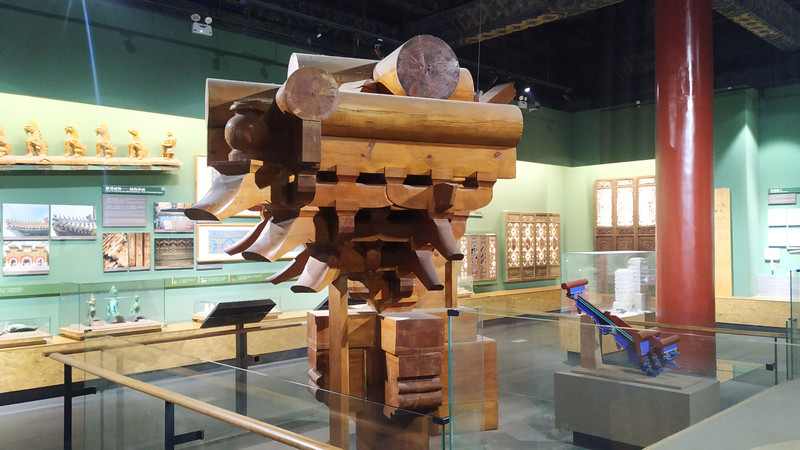
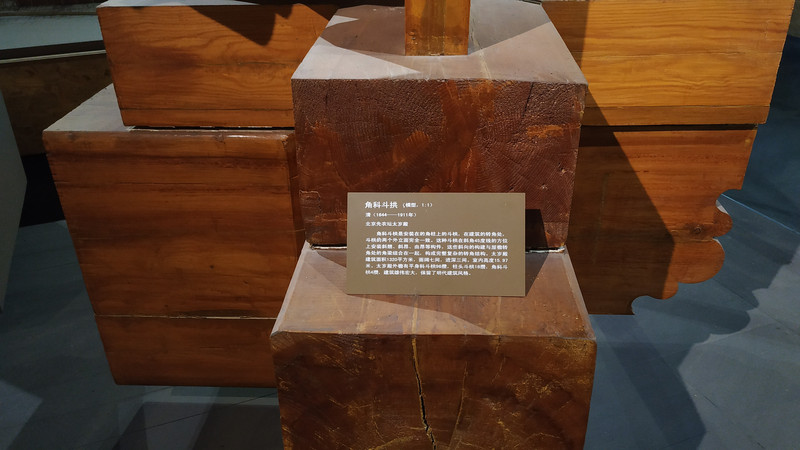

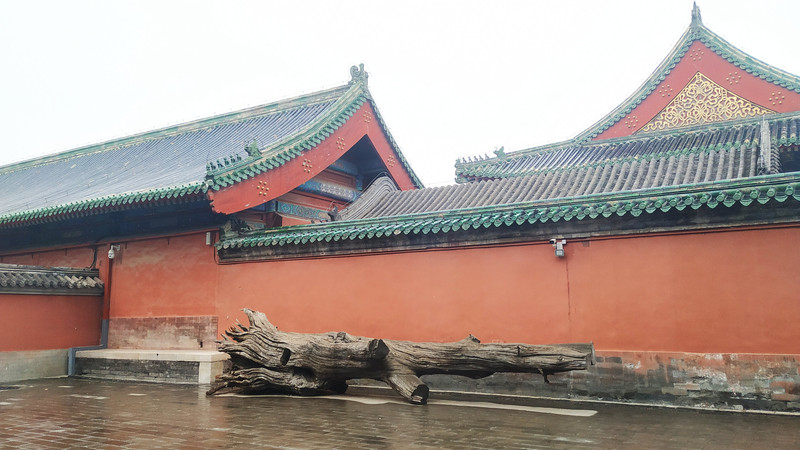
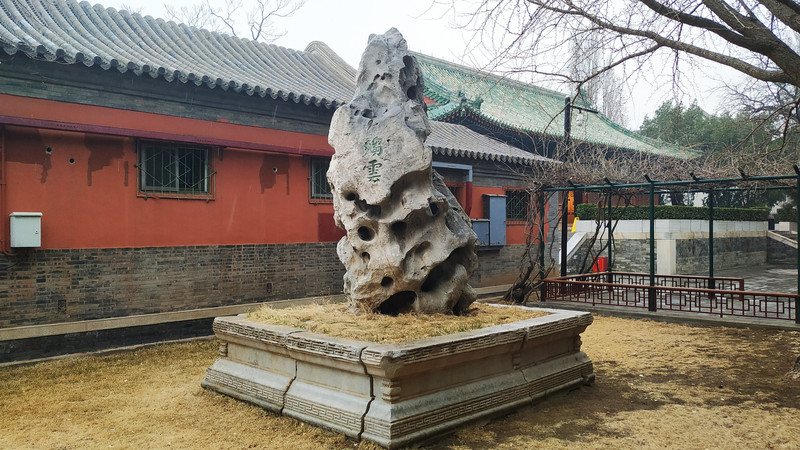
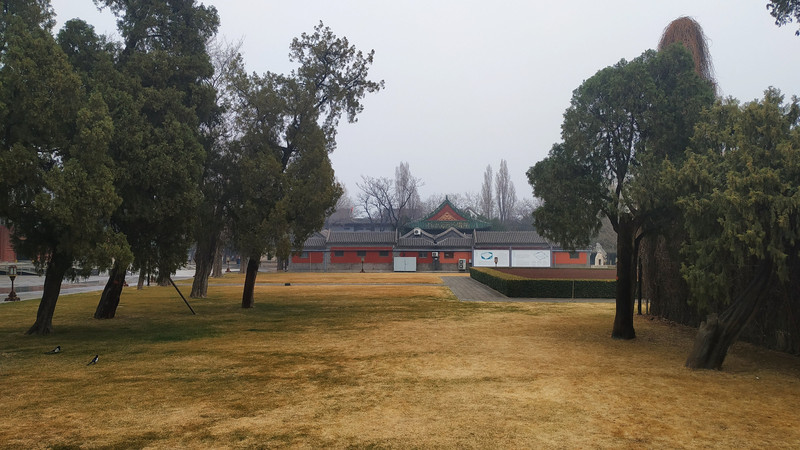
When I first arrived, the rain was not heavy, just drizzles. Later, it started to really rain, but it definitely wouldn't work without an umbrella! After this spring rain, the green will definitely become thicker, and summer will not be far away!
